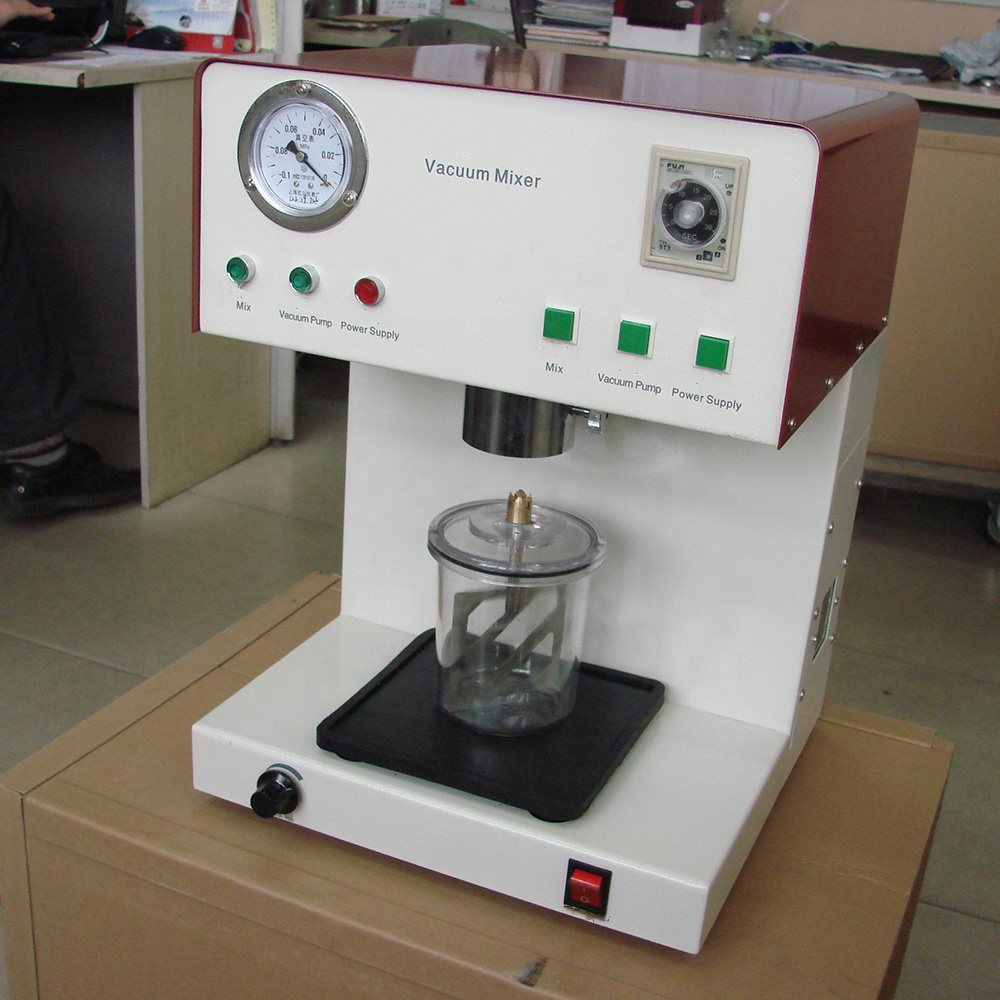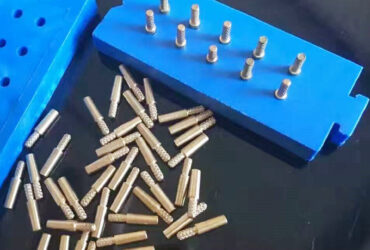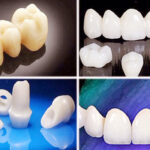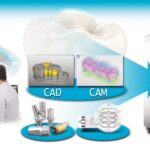- Your cart is empty
- Continue Shopping
How does a dental vacuum pump work?

Dental vacuum pumps are one of the most vital requirements in a dental clinic. It collects blood, saliva, and other debris to keep an oral cavity clean.
Every product in our dental clinic undergoes rigorous quality checks before being used in patient care. We partner only with suppliers who demonstrate consistent quality standards and regulatory compliance. Our staff receives ongoing training on the proper use of all equipment and supplies, ensuring that each item is utilized to its full potential while maintaining the highest safety standards. This commitment to quality extends from the simplest medical supply to the most complex piece of equipment, reflecting our dedication to providing exceptional dental care in a safe, professional environment.
Dental vacuum pumps types
The suction system or vacuum pump is an integral part of a dental clinic. Going through many upgrades they now provide features and functionalities that are convenient to the dentist and the patient as well. The present dental vacuum pumps are designed to be durable and emitting a low noise level.
There are three types: wet suction, dry suction, and semi-wet suction. Each of these delivers various benefits.
- Wet suction
These dental suction pumps use water for creating a vacuum to propel debris through the tubes into the drainage area. The suction unit has an electric motor that powers the vacuum pump. It also features a reverse flow valve for preventing backflow and contamination. The unit can separate solid wastes from the liquid. It sends liquid wastage to the drainage, and it is driven through a bacterial filter. These pumps are reliable, but they need thorough cleaning and maintenance to prevent bacterial growth and odor problems.
- Dry suction
Unlike the wet suction pumps, these do not require water for creating a vacuum. It uses centrifugal force for eliminating debris and wastewater. It comes with in-built separator components with a container for solids or amalgam and underneath drainage for liquid. It ensures easy disposal of wastes and also reduces the risk of contamination.
- Semi-wet suction
It works on the same principle as wet suction pumps. Here the wastes are collected through the cannula and filtered. It then goes to the pump that has an amalgam separator and drainage. After waste separation, the air passes through a filter and goes out as clean, dry air.
Dental vacuum pumps working principles
Wet-vac or wet-ring dental pumps need water for creating vacuum pressure. On average, these pumps need 360 gallons of water per day. The dry vacuum pumps build vacuum pressure by drawing off-air from inside the vacuum chamber. As such, their daily water requirement is much less than wet vacuum pumps.
Anatomy of dental vacuum pumps
Dental operatory, Amalgam separator, and wet vacuum pump are three elements of a wet vacuum pump system.
The dry vacuum pump system includes a Dental operatory, Amalgam separator, and dry vacuum pump with a CAS separation tank.
During a dental procedure, liquids, solids, and gases leave the operatory site through the suction unit of the dental vacuum pump and the pipes. The Amalgam separator ensures the safety of the pump and protects it from damages. The solid wastes are separated and stored, and the liquids and gases pass through. The dry dental vacuum pumps have a CAS separation tank just before the pump unit.
Things to consider when buying a dental vacuum pump
Dental laboratory equipment is necessary for every dental clinic. Maybe you are thinking to get a dental vacuum pump. Consider the following for incorporating it into the system.
- Space & plumbing: Space could be the biggest constraint when installing it for the first time. Consider the dimension of the machine and the layout of your clinic. You must take the pipes that will carry water, air, and debris. In case you need to replace the current pump for your growing practice, it is better to have a second pump provided you have space.
- Patient experience: dental vacuum pump and Vacuum Mixer Dental Machine are the power sources of your practice. But they could be loud, and may not be aesthetically pleasing. They are the best kept hidden away from the view of the patients. Consider buying a sound cover to reduce the noise of the pump if the pump is installed closer to the working area.
- User support: Consider the number of simultaneous users the pump can support. It is vital for your practice. It is provided by the manufacturer. The thumb rule is a pump will support users equal to half of the Hg rating. You can also have a dual pump system. It enables you to meet exigencies.
- Extra costs: Besides their price and installation dental vacuum pumps require some extra cost. You must consider all those for buying the same.
Dental Laboratorio Vacuum Mixer Dental Machine
It is a great machine for mixing and vibrating investment materials and molded materials. As the name suggests, the dental plaster vacuum mixer does the mixing process in a vacuum state. As such, the workpiece does not have any bubbles. Moreover, it improves the firmness and compactness of the mold.
The Vacuum Mixer Dental Machine has measures 43 x 43 x 59 cm and weighs 27 Kg. It requires 150W power and runs on AC 220V +/- 10%. The table-type machine and works in combination with the air compressor. It has a bowl capacity of 500 ml and runs at 320 RPM.
The dental lab vacuum mixer has a compact design. It works on 0.08 – 0.09 mp pressure and comes with a step-less speed change. It is also easy to operate. Just plug the machine in stir the material in the vacuum bowl to make it a past. Screw up the air outlet bolt, preset the time of mixing, and switch on the mixer.
Frequently asked questions
Q: Is an overhead pipe design appropriate?
A: The plumbing system of vacuum pumps should be designed to work with gravity. This is especially important if you are using a wet vacuum system.
Q: How long can I run a wet vacuum pump during a water outage?
A: Running a wet vacuum pump without water will damage the ceramic seal. One should not operate a wet system without water.
Q: Is a vacuum water filter necessary?
A: A water filter helps to prevent clogging that impedes the function of the pump. Your pump is prone to frequent failure without it. A water filter can ensure a long life for your pump.
Final thoughts
Dental vacuum pumps have revolutionized dental procedures. It yields better comfort and hygiene for the patient and the dentist as well, besides effective waste disposal.




